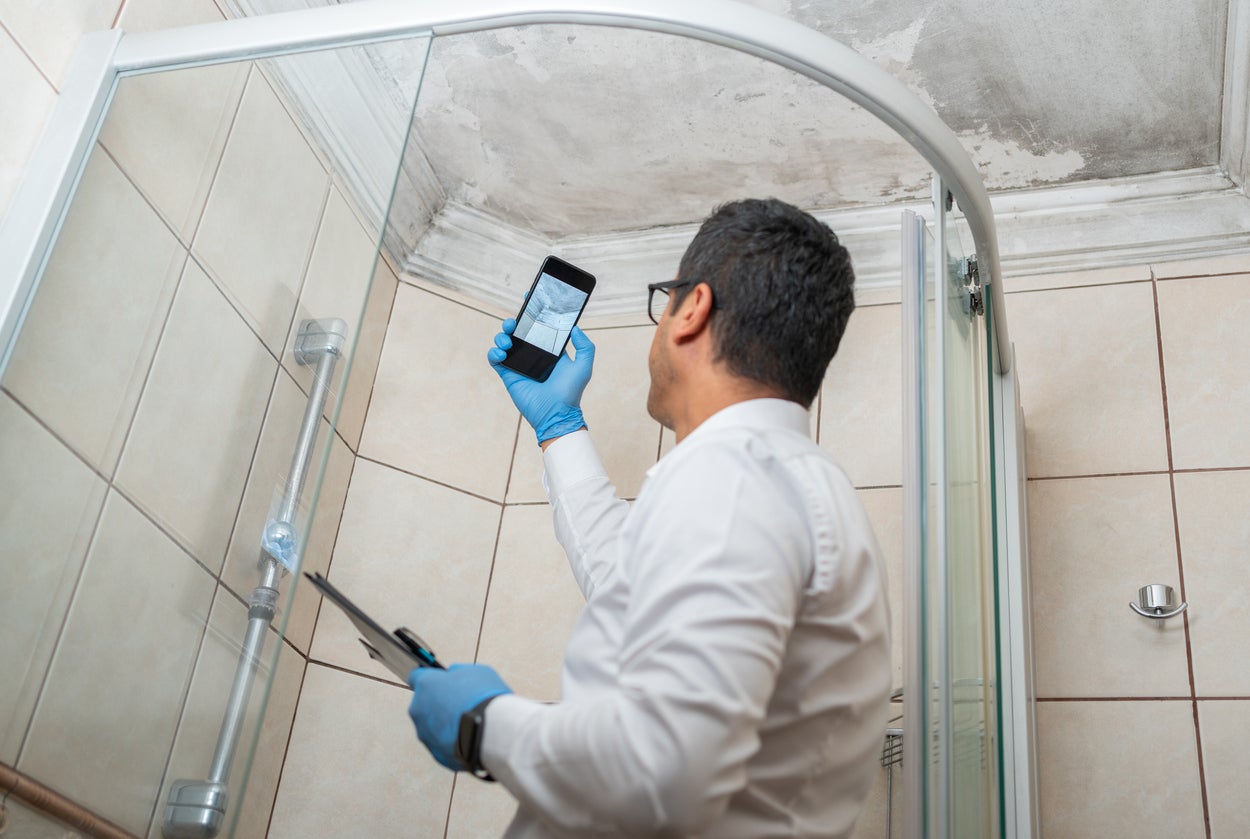Making Sure Post Remediation Verification Precision
Making Sure Post Remediation Verification Precision
Blog Article
Your Ultimate Guide to Blog Post Mold And Mildew Removal Strategies
In the after-effects of mold and mildew invasion, understanding how to properly eliminate the mold and mildew and prevent its reoccurrence is paramount for preserving a healthy and balanced indoor environment. From picking the best cleansing and disinfecting techniques to executing methods for lasting mold prevention, each step in the removal trip plays a vital duty in guaranteeing an effective end result.
Understanding Post-Mold Remediation Process
After finishing the mold removal process, it is critical to recognize the post-mold removal strategies that are necessary to ensure a reliable and comprehensive cleanup. Once the mold and mildew has actually been eliminated, the following step involves cleaning and disinfecting the impacted areas to stop any regrowth of mold and mildew. This consists of making use of specialized cleaning up agents to clean down surfaces and kill any kind of continuing to be mold spores. It is necessary to dry out the location entirely to discourage the growth of mold in the future (what to do after mold remediation). Appropriate ventilation and dehumidification can assist in this procedure.
Additionally, carrying out a final evaluation post-remediation is important to make sure that all mold has been successfully eliminated. If the evaluation reveals any sticking around mold and mildew, added remediation may be needed.
Reliable Cleansing and Sanitizing Techniques

Protecting Against Future Mold And Mildew Development

Value of Appropriate Ventilation
Correct ventilation plays a crucial duty in protecting against wetness buildup, a key consider mold and mildew growth within indoor settings. Effective ventilation systems assist remove excess humidity from the air, reducing the opportunities of mold and mildew spores finding the dampness they require to spread out and germinate. Without ample air flow, indoor rooms can become a reproduction ground for mold, bring about potential wellness risks and architectural damage.
By making sure proper air blood circulation, ventilation systems can also aid in drying out damp locations quicker after water damage or flooding cases, further deterring mold development. Post remediation mold testing near me. In rooms like washrooms, attics, cellars, and cooking areas where dampness degrees tend to be higher, setting up and preserving reliable air flow systems is essential in stopping mold and mildew problems

Surveillance and Upkeep Tips
Provided the crucial duty that appropriate ventilation plays in protecting against mold development, it is critical to establish effective tracking and maintenance pointers to guarantee the continued functionality of ventilation systems. Normal examinations of air flow systems need to be carried out to check for any kind of indications of clogs, leakages, or malfunctions that can hinder correct airflow. Surveillance moisture levels within the home is also vital, as high humidity can add to mold growth. Installing a hygrometer can help track humidity degrees and alert homeowners to any kind of her comment is here spikes that may require focus. Furthermore, making certain that air filters are on a regular basis cleaned or replaced is important for keeping the efficiency of the ventilation system. Applying a schedule for routine maintenance jobs, such as duct cleaning and HVAC system assessments, can assist prevent problems before they intensify. By remaining attentive and proactive to the condition of air flow systems, home owners can effectively reduce the danger of mold and mildew regrowth and keep a healthy and balanced indoor atmosphere.
Conclusion
Finally, post-mold remediation methods are crucial for guaranteeing a clean and secure environment. Understanding the procedure, applying efficient cleaning and decontaminating techniques, stopping future mold development, preserving proper air flow, and normal tracking are all essential steps in the removal process. By adhering to these standards, you can successfully remove mold and prevent its return, working or advertising a healthy over at this website living room for all passengers.
In the aftermath of mold and mildew invasion, knowing exactly how to effectively remove the mold and stop its reoccurrence is remove mold on wood vital for maintaining a healthy interior environment. As soon as the mold has actually been removed, the next action involves cleansing and sanitizing the affected areas to stop any kind of regrowth of mold - After mold remediation. After removing visible mold development, it is crucial to clean up all surface areas in the affected area to get rid of any kind of continuing to be mold spores. To additionally boost mold and mildew avoidance measures, it is vital to deal with underlying concerns that originally led to mold and mildew development.Given the essential role that proper ventilation plays in stopping mold and mildew development, it is essential to develop effective monitoring and upkeep ideas to make certain the ongoing capability of air flow systems
Report this page